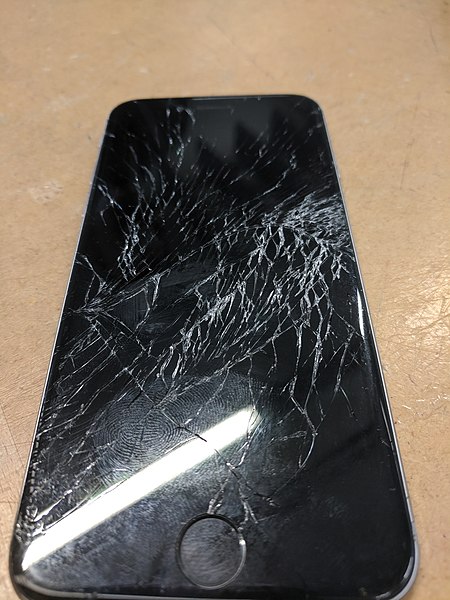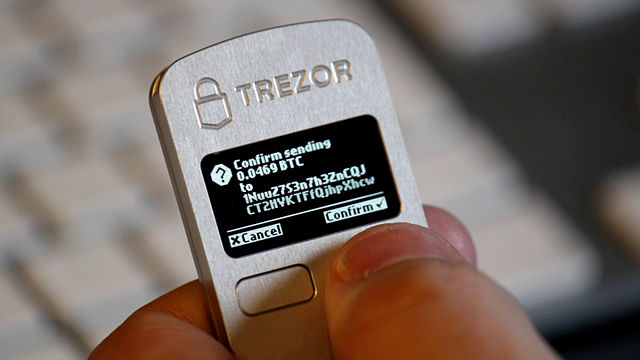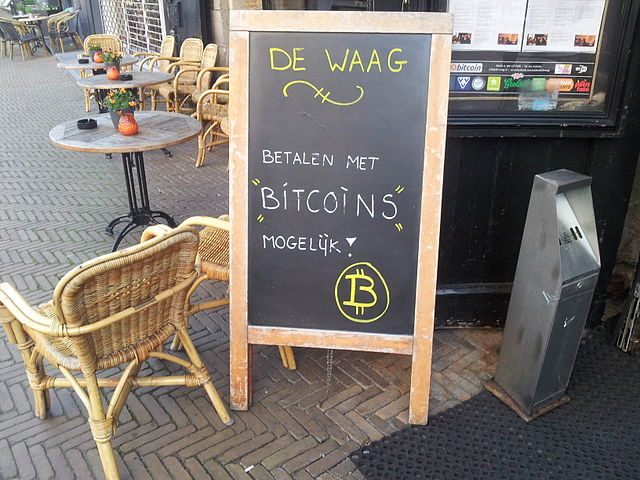Electronic waste describes discarded electrical or electronic devices. It is also commonly known as waste electrical and electronic equipment (WEEE) or end-of-life (EOL) electronics. Used electronics which are destined for refurbishment, reuse, resale, salvage recycling through material recovery, or disposal are also considered e-waste. Informal processing of e-waste in developing countries can lead to adverse human health effects and environmental pollution. The growing consumption of electronic goods due to the Digital Revolution and innovations in science and technology, such as bitcoin, has led to a global e-waste problem and hazard. The rapid exponential increase of e-waste is due to frequent new model releases and unnecessary purchases of electrical and electronic equipment (EEE), short innovation cycles and low recycling rates, and a drop in the average life span of computers.
Defective and obsolete electronic equipment
A fragment of a discarded circuit board from a television remote
Electronic waste at Agbogbloshie, Ghana
An iPhone with a damaged screen
Bitcoin is the first decentralized cryptocurrency. Nodes in the peer-to-peer bitcoin network verify transactions through cryptography and record them in a public distributed ledger, called a blockchain, without central oversight. Consensus between nodes is achieved using a computationally intensive process based on proof of work, called mining, that guarantees the security of the bitcoin blockchain. Mining consumes increasing quantities of electricity and has been criticized for its environmental effects.
Bitcoin mining facility with large amounts of mining hardware
A hardware wallet which processes bitcoin transactions without exposing private keys
Café in Delft accepting Bitcoin







